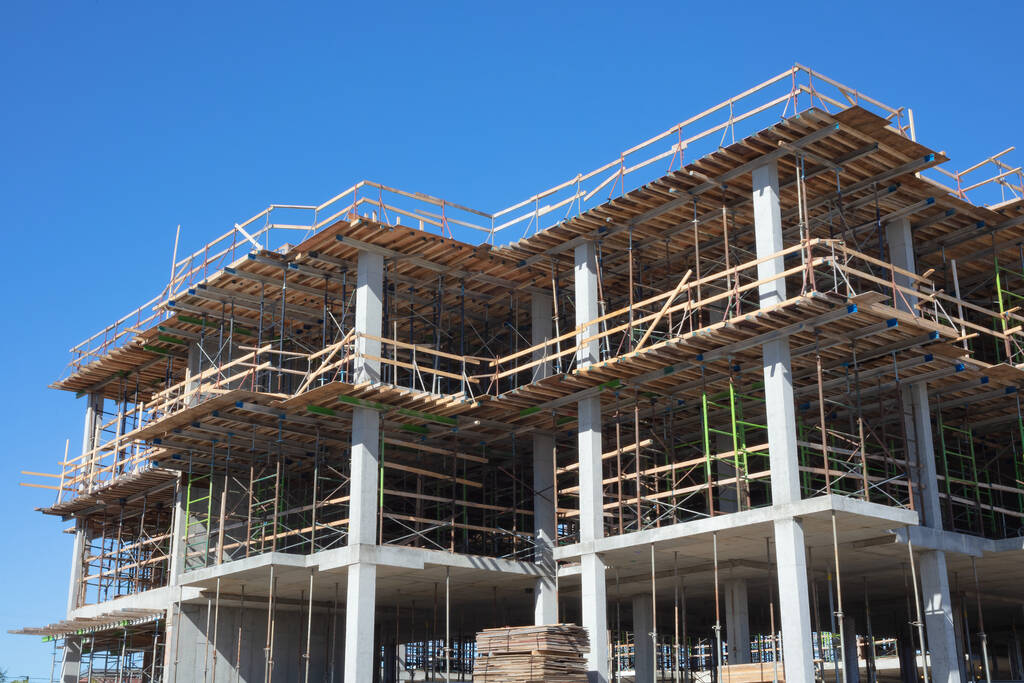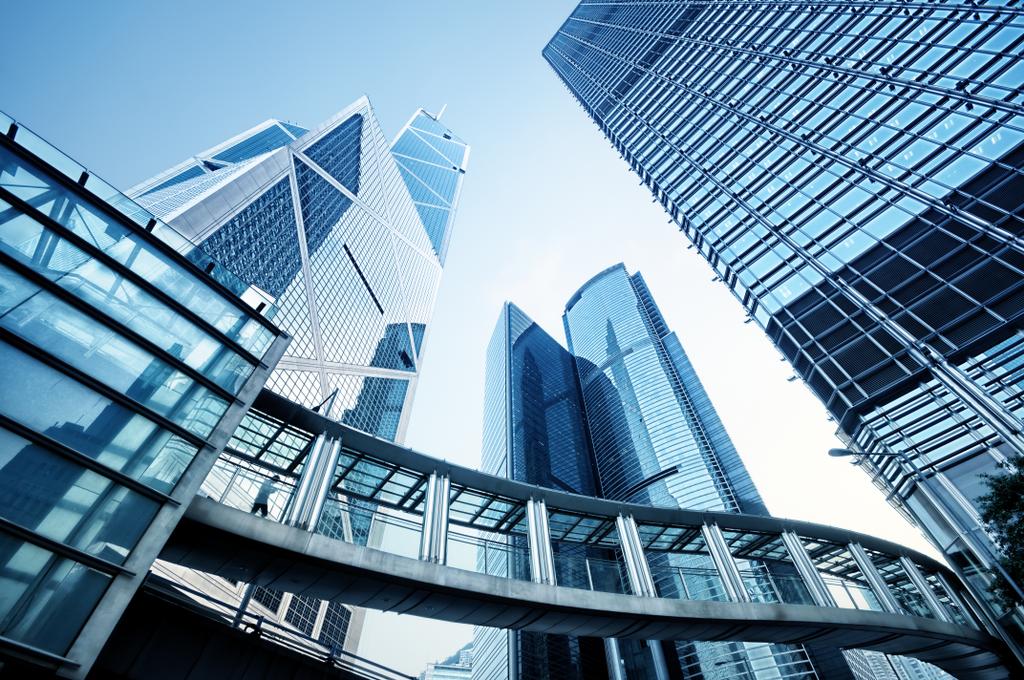In the world of construction, metal building systems have revolutionized the way structures are designed and built. These systems, also known as pre-engineered metal buildings or PEMBs, have gained immense popularity due to their versatility, cost-effectiveness, and durability. From industrial warehouses and commercial complexes to recreational facilities and agricultural buildings, metal building systems have become a preferred choice for various applications.

This article explores the evolution and advantages of metal building systems, highlighting their key features and benefits.
- The Evolution of Metal Building Systems:
Metal building systems have come a long way since their inception. Initially, they were primarily used for agricultural buildings and small storage structures. However, with advancements in technology and engineering, the capabilities of these systems expanded rapidly. Today, metal building systems can accommodate large-scale projects, offering customizable designs and high structural integrity.
The integration of computer-aided design (CAD) and computer-aided manufacturing (CAM) technologies has played a crucial role in the evolution of metal building systems. Architects and engineers can now design complex structures with precision and efficiency, while manufacturers can produce components with high accuracy and consistency. This streamlined process has significantly reduced construction time and costs.
- Key Features of Metal Building Systems:
Metal building systems are characterized by several key features that make them attractive to builders and developers:
a. Design Flexibility: Metal building systems offer immense design flexibility. With a variety of panel options, roof styles, and architectural accessories, builders can create unique and aesthetically pleasing structures. Whether it’s a contemporary office building or a rustic barn, metal building systems can be tailored to meet specific design requirements.
b. Speed of Construction: One of the most significant advantages of metal building systems is their quick construction time. The construction process becomes highly efficient since the components are pre-engineered and fabricated off-site. The precise fitting of components and ease of assembly enables faster project completion, saving both time and money.
c. Structural Integrity: Metal building systems are renowned for their structural integrity. Constructed using high-quality steel, these buildings can withstand extreme weather conditions, seismic events, and heavy loads. The inherent strength and rigidity of steel ensure long-term durability and reduced maintenance costs.
d. Energy Efficiency: Metal building systems can be designed to be highly energy-efficient. With the incorporation of insulation, cool roofs, and energy-efficient doors and windows, these structures can reduce energy consumption and provide comfortable interior environments. This translates into lower utility bills for building owners and a reduced carbon footprint.

- Advantages of Metal Building Systems:
a. Cost-Effectiveness: Metal building systems offer significant cost advantages over traditional construction methods. The streamlined manufacturing process, reduced labor requirements, and faster construction time contribute to lower overall project costs. Additionally, the long-term durability of metal buildings results in lower maintenance expenses.
b. Sustainability: Metal building systems are considered sustainable due to their recyclability and energy efficiency. Steel, the primary material used, is one of the most recycled materials globally. Furthermore, the energy-efficient features of metal buildings contribute to reduced energy consumption and a smaller environmental footprint.
c. Expansion and Adaptability: Metal building systems allow for easy expansion and adaptability. With their modular design, additional bays or sections can be added to accommodate future growth or changing needs. This flexibility is particularly beneficial for businesses and organizations that require scalable spaces.
d. Durability and Safety: Steel is inherently strong and resistant to fire, pests, and adverse weather conditions. Metal building systems provide a safe and secure environment, protecting occupants and assets. Furthermore, steel does not deteriorate like other construction materials, ensuring the longevity of the structure.
Learn more at Wiki as well.

